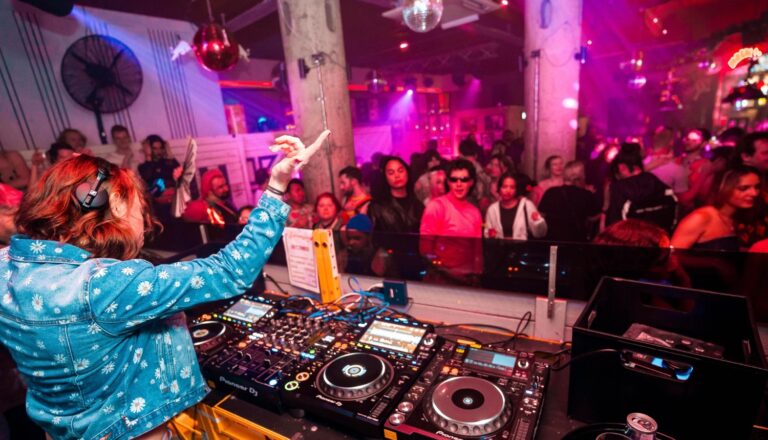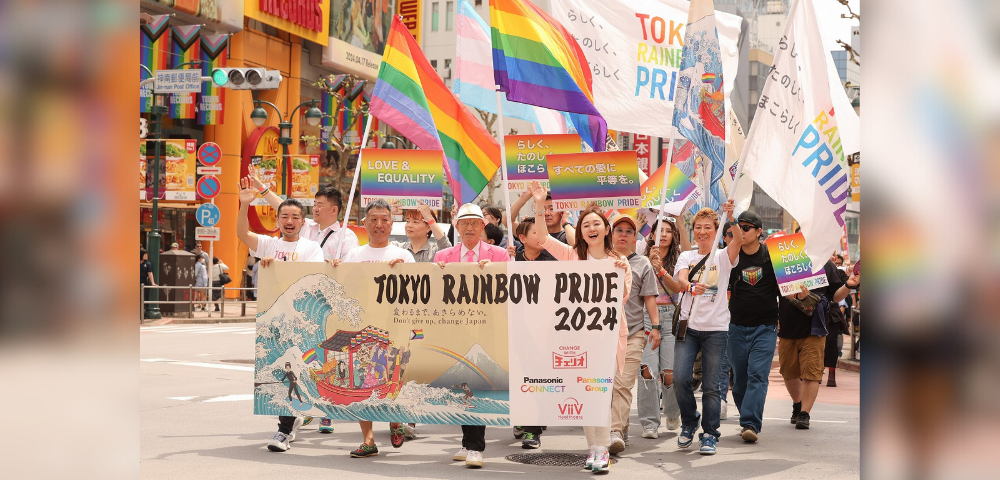
Mourning Brooches & Blue Plaques: Celebrating Australia’s Hidden Queer Heritage

In 1853, Caroline Newcomb commissioned a mourning brooch after Anne Drysdale, her business partner and the woman she lived with for over a decade, passed away. The two storey colonial Gothic house that the couple built – Coriyule Homestead, located at Curlewis near Geelong, still stands and is listed in the Victorian Heritage Register for the structure’s architectural and historical significance.
Historians have always acknowledged the “passionate friendship” between the two women, known as the ‘lady squatters’, but were careful not to call them lesbians – a modern term that the women themselves might have never heard of, much less used it to define their relationship.
The brooch, in the collection of the State Library Victoria, and the homestead, have both now found pride of place in a new report released in March. The report identifies 100 objects, places and collections of historical significance to Victoria’s LGBTQI communities.
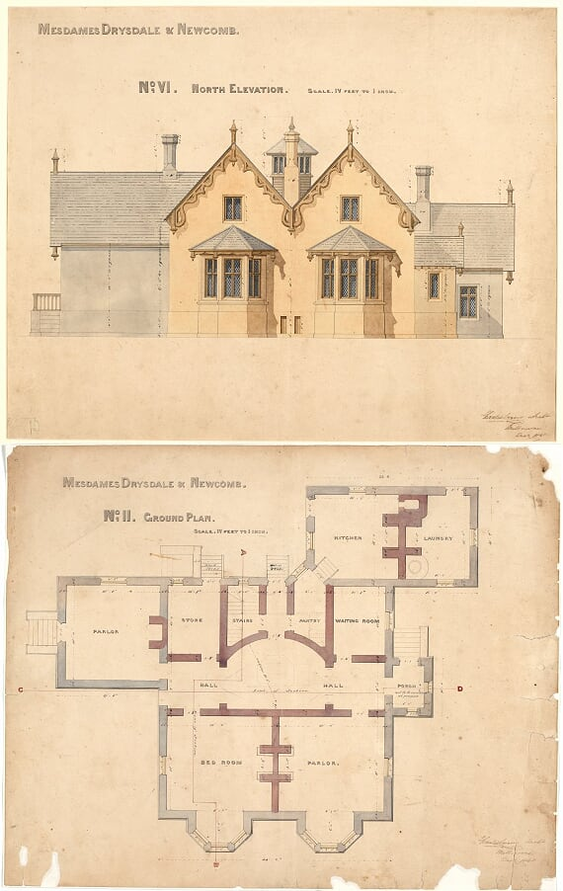
“The brooch was made from finely woven strands of hair from the two women,” historian Graham Willett told the Star Observer. “We think that kind of intimacy, without knowing who did what with their genitals, is part of what feeds into our sense of who we are (as queer people) and what we value in the past.”
100 Places And Objects
A History of LGBTIQ+ Victoria in 100 Places and Objects, prepared earlier this year by the Australian Queer Archives (AQuA) and commissioned by Heritage Victoria, is the first such report of its kind in Australia. The report uncovered many hidden stories of places and objects, connecting them to Victoria’s queer heritage and history, like the story of the lady squatters.
“We got as far back as colonisation. We haven’t yet found anything from indigenous queer history before the 1830s in this part of the country,” said Willett, committee member of AQuA, who led the team that prepared the report.
The 100 entries in the report include some well known ones like the St Kilda precinct, the location of Skorus Books, Prince Of Wales Hotel, the Courage sculpture in Fitzroy, the only purpose-built LGBTQI monument in Victoria and Photographic Portrait of Edward de Lacy Evans, a 19th century transgender man in Victoria.

There are some surprise entries as well. The Circus Women’s Memorial Bench at Footscray, honours the memory of all the ‘womyn’ who were part of the Women’s Circus and Performing Older Women’s Circus founded in the 1990s. Another entry records the book of handwritten poems sent to an Australian man by another man in 1920 and evidences the romance between the two men – Arthur Groves’ book of verse is inscribed with the words ‘To my friend, from his friend’.
‘Why are you bothering with this?’
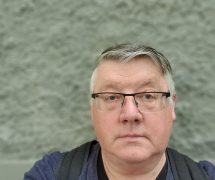
Before Willett and his team embarked on preparing the report, they had put out calls online for nominations. One of the first responses that they received was from a person who asked, “Why are you bothering with this?” Fortunately, many were convinced about the significance of the initiative. The report was then prepared in the middle of Victoria’s COVID lockdown in 2020.
“It’s not just about queer people wanting to know about their history. If you want to understand Victorian history for example, you need to understand the various communities that make it – indigenous history, women’s history, which were overlooked for a long time, and the histories of the many ethnic and other communities.”
Willett hopes that the report is taken forward and forms the basis of efforts to protect sites in Victoria for their queer heritage and significance.
“[The report] reminds us how rich the history of queer Victoria is, because it’s quite tangible. It’s not stories about people or events, it’s like this place here or this object there that tells us something about our queer history,” added Willett.
The Blue Plaques Program
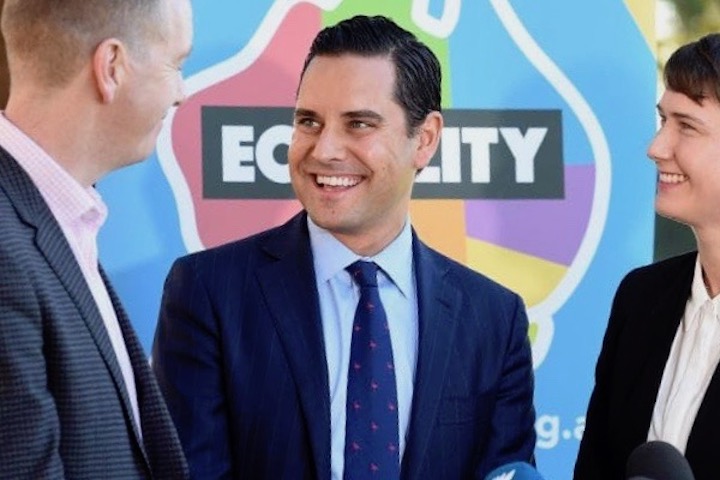
In New South Wales, the community is hoping an initiative to commemorate the state’s hidden history under the Blue Plaques program, also finds space to celebrate queer history.
The Blue Plaques project was unveiled earlier this year as part of the NSW government’s $5 million heritage engagement program.
The project intends to place Blue Plaques on buildings, heritage sites and other places of significance to the LGBTQI community. Earlier this year, NSW’s out Arts minister Don Harwin invited MPs and MLCs to nominate places that should be considered for Blue Plaques after consulting with their constituents.
Sydney MP Alex Greenwich, who has been a strong supporter of the Blue Plaques initiative told Star Observer, “I have been actively promoting the blue plaques initiative to celebrate important sites that recognise the diversity of Sydney, including sites of LGBTIQA+ significance.”
Advocating For Oxford Street
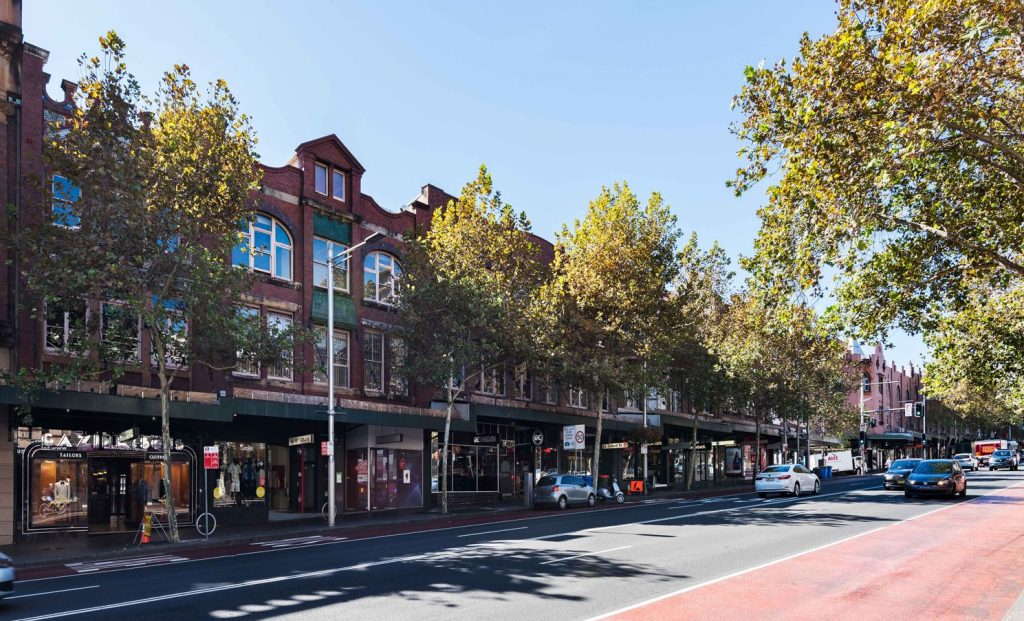
The idea for Blue Plaques to mark queer heritage and history is not new. In 2016, Historic England along with Leeds Beckett University and community groups embarked on listing and in some cases relisting places and buildings to acknowledge and celebrate its significance for the LGBTQI community.
For the LGBTQI community one of the most obvious places that deserve Blue Plaques are the queer venues and buildings on Oxford Street. While the City Of Sydney works on plans to revitalise the neighbourhood with taller buildings on Oxford Street, it has faced criticism for the absence of plans to preserve its LGBTQI spaces.
The Blue Plaques adorning queer venues might be one of the ways to celebrate the gaybourhood’s queer identity.
“I support and will advocate for Oxford Street to be recognised on the NSW Heritage Register, and at the same time continue to be excited for the future of Oxford Street,” added Greenwich.



